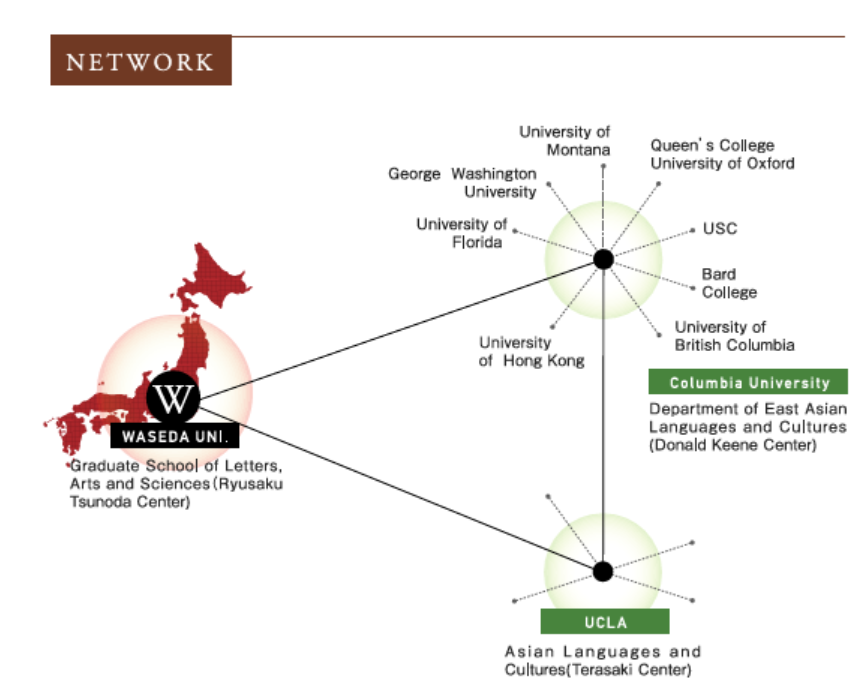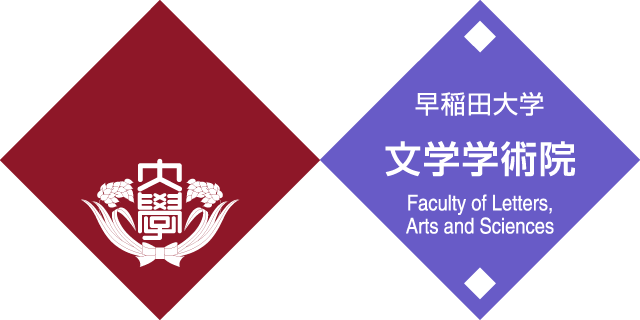- News
- Event Report:The Transformation of Utamakura (Places Famed in Poetry) and Places of Interest in Classical Japanese Waka Poetry
Event Report:The Transformation of Utamakura (Places Famed in Poetry) and Places of Interest in Classical Japanese Waka Poetry

Dates
カレンダーに追加0803
SAT 2024- Place
- 早稲田大学戸山キャンパス33号館第10会議室
- Time
- 10:00~11:45
- Posted
- 2024年9月12日(木)
This seminar was conducted as part of the project “Humanities in the Anthropocene” at the Waseda Institute for Advanced Study (WIAS), which began its activities in October 2021. This project attempts to open up new possibilities for the humanities by linking fragmented expert knowledge through the creation of a forum for cross-disciplinary dialogue on the shared concept of the Anthropocene.
In the 12th lecture, Áron Fittler (Research Fellow of Ancient and Medieval Japanese Waka Poetry Literature), an invited researcher at the WIAS, discussed the cultural and social background of Utamakura (places famed in poetry) and places of interest in waka poetry literature, focusing on the period from Manyoshu to Kokin Wakashu, and explained in detail the changes in the topography and the way place names were perceived by the waka poets, periods, and regions. The lecture also mentioned that while the waka poetry is closely related to real landscapes, sometimes the literary images take on a life of their own and become detached from reality. It was an interesting experience that deepened the understanding of famous waka poems, such as those included in the Hyakunin Isshu.
Chigirikina, katami ni sode wo shiboritutu, sue no matsuyama, nami kosajitowa
In the world of this waka poem, the waka poet promised that his mind would never change, just lile the waves would never cross the Sue no Matsuyama. The reason why this scenic spot located in Yawata, Tagajo-shi, Miyagi Prefecture, became a place of interest symbolizing “Namikosaji” is said to reflect the memory of the tsunami caused by the 869 Jogan Earthquake. For our generation, with the experience of the March 11, 2011 catastrophe in the same place, the scenery and sentiments evoked by this waka poem may be different from those of before. I thought about this through Fittler’s lecture.
The audience of about 20 participants (including about 10 undergraduate and graduate students from other universities) from a wide range of research fields, including literature, art, and history, engaged in a lively question-and-answer session. A wide range of questions were asked, including the issue of places of interest in Chinese poetry, such as the Eight Views of Xiaoxiang from the perspective of Sino-Japanese comparison, and the relationship between sacred places and places of interest from the perspective of Western art history. It made the seminar an opportunity to realize the breadth of the theme of Utamakura and places of interest.
(Written by Satomi Yamamoto in Japanese ver.)
Event Overview
- Speaker:Áron Fittler(Adjunct Researcher at Waseda Institute for Advanced Study)
- Subject Title:The Transformation of Utamakura (Places Famed in Poetry) and Places of Interest in Classical Japanese Waka Poetry
- Date and time:August 3, 2024 10:00~11:45(JST)
- Moderater:Satomi Yamamoto(Professor at Waseda University)
- Number of Participants:20
- Organized by:Waseda Institute for Advanced Study (WIAS)
- Co-organized by :Ryusaku Tsunoda Center of Japanese Culture
- Tags
- Event Reports
